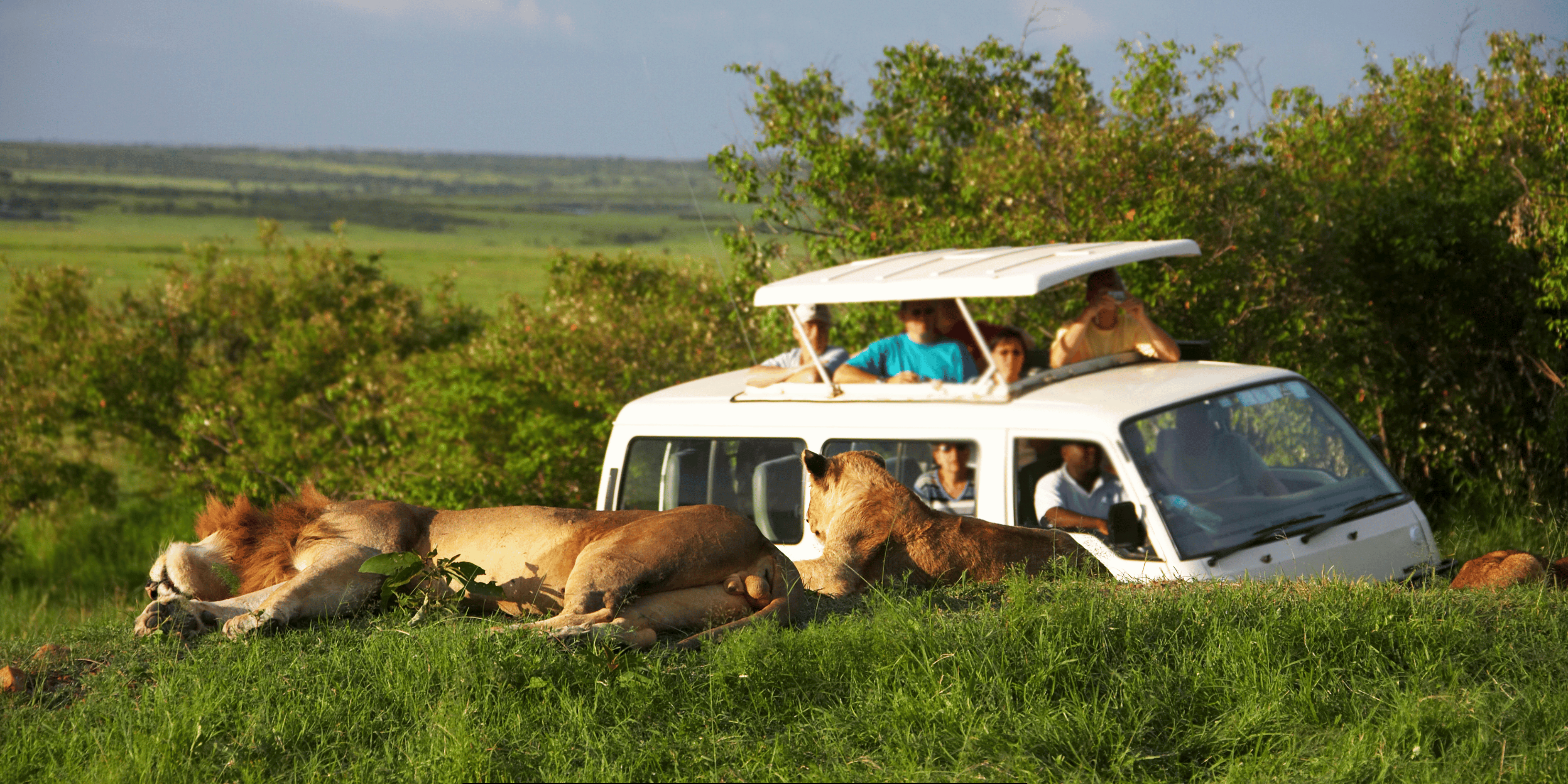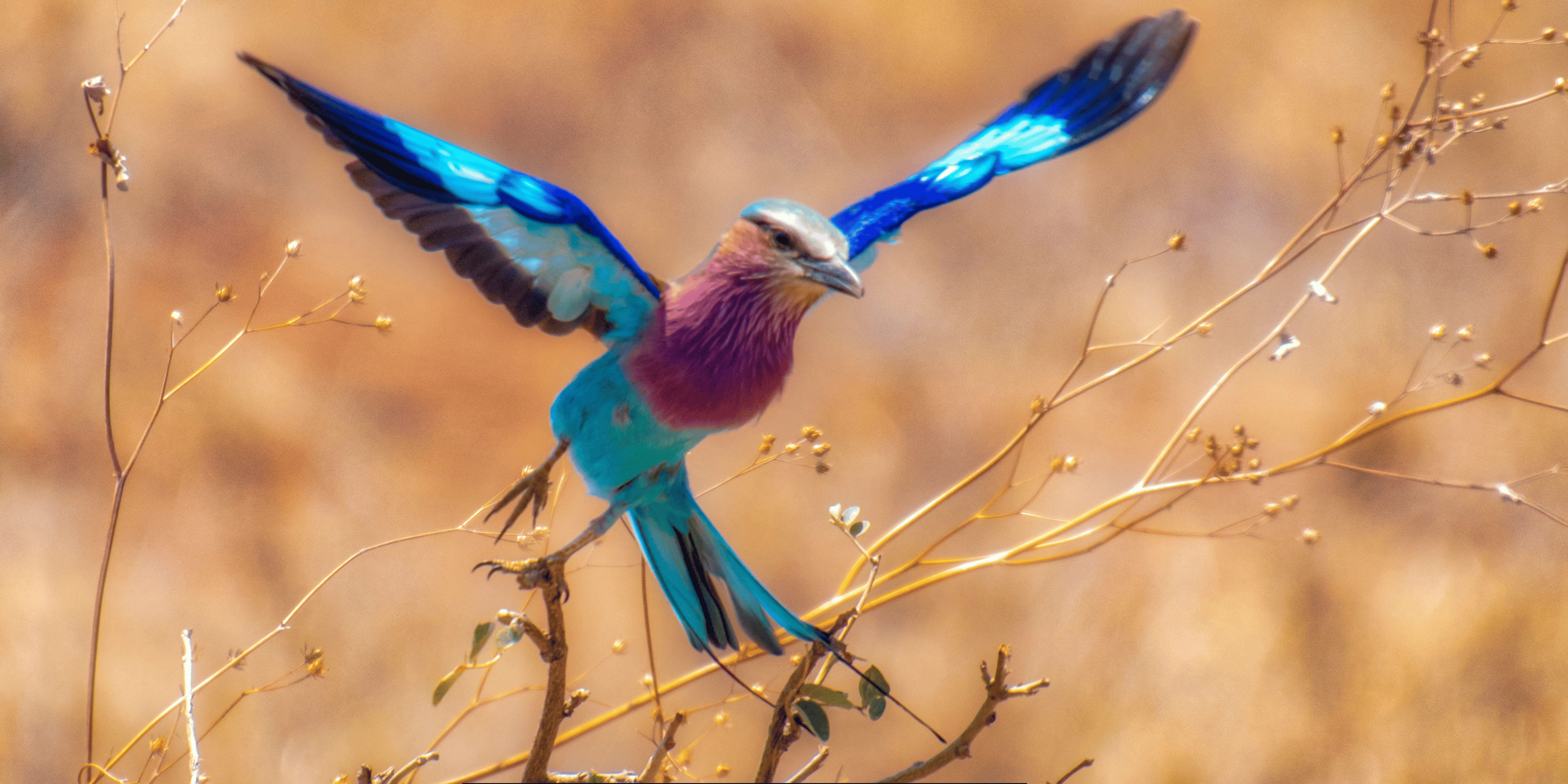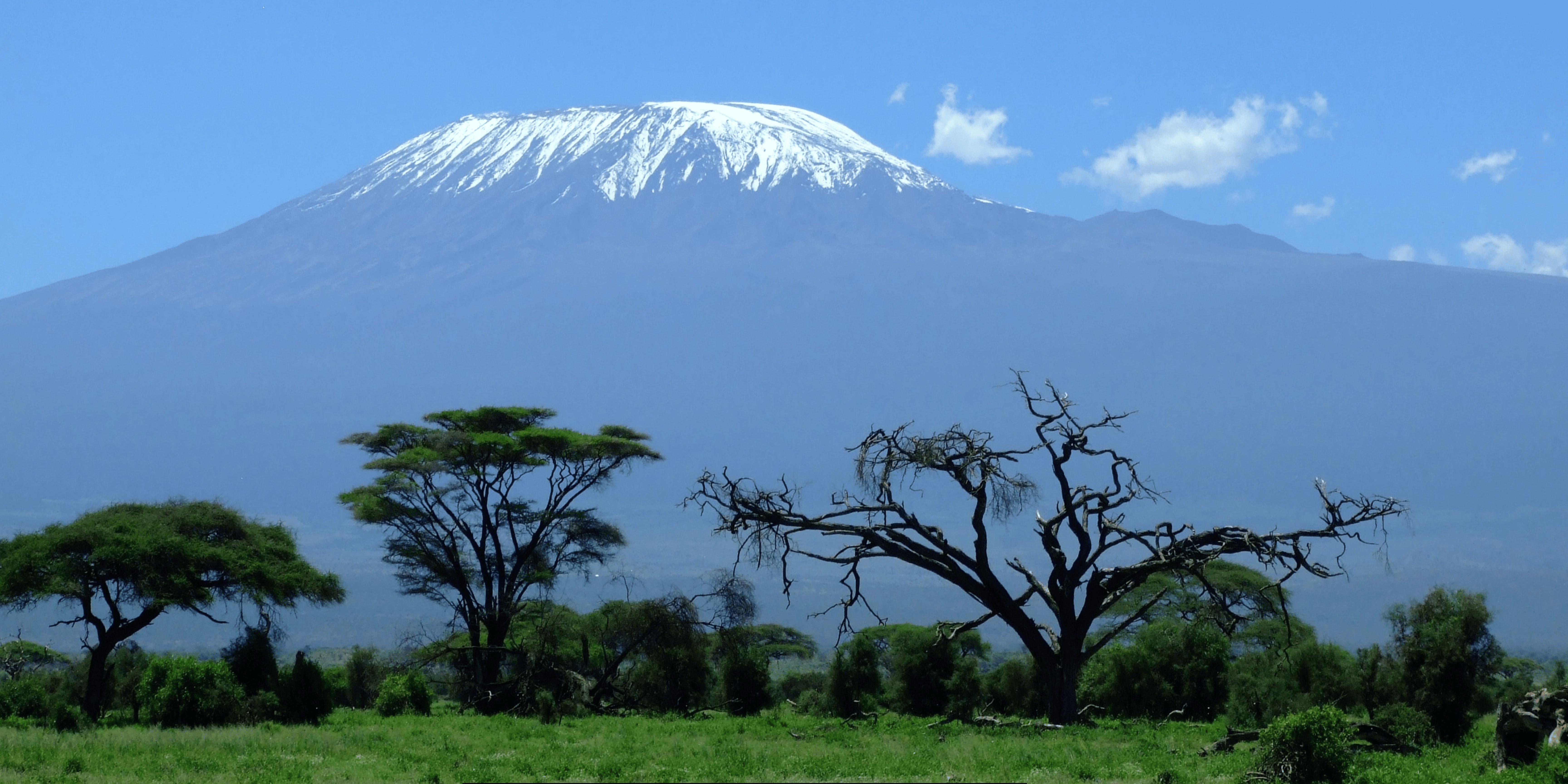East Africa is well known for its diverse wildlife and striking geographical features. Both countries boast some of the most outstanding national parks and game reserves in Africa. The high-seeing seasons are from June to October since the climate is dry and game viewing is virtually inevitable. But the low or what is known as the “green” season from November to May also holds a lot of attractions for adventure seekers.
Here are some reasons why you should consider a low-season safari:
Fewer Crowds
This is especially true during the low tourist seasons when visitation to the parks and reserves is significantly low. This enables you to have a more secluded and serene experience in the parks during the wan of the safari. This means that with few cars on the road, you will be able to get more close-up views of the animals without interference from other tourists.

Lower Prices
Safari packages, park fees, flights, and accommodations are considerably cheaper during the low season. This is the best time to book everything ranging from luxury lodges to camping, and you are guaranteed to get huge discounts. This makes it very affordable to go on a safari during the “off-peak” or what is referred to as the “shoulder” season.
Lush Landscapes
The low seasons on the other hand are one time in a year and is characterized by heavy rainfall in East Africa. Although there are usually afternoon showers, mornings are generally bright and dry. The environment becomes a bright green and the fields are filled with baby animals. It is beautiful to watch or imagine baby antelope, gazelles and warthogs grazing around the green huge savannah.
Great Birdwatching
There are more than 1100 bird species in East Africa. Some of the migratory birds are able to leave the northern winter to come here while other endemics are also known to breed magnificently. Bird watching is relatively more straightforward before the undergrowth becomes too dense.
The Great Wildebeest Migration
For instance, the wildebeest migration that is considered one of the natural wonders of the world happens in the low seasons. There are more than a million wildebeest migrate from November to march from the Serengeti of Tanzania to the Masai Mara of Kenya in the search of greener pastures. The site can indeed be called magnificent when their huge herds are spotted grazing in the plains.
More Active Wildlife
The long rains are a blessing after the scorching hot dry season. In the respective seasons, animals and birds are more visible than usual as they are on the prowl for mates, or are parenting their young. You can observe the fantastic actions of animals – mating, fighting, or even protective mothers with their offspring.

Supporting Conservation
In this way, when you visit the parks in the low season, you are assisting the parks and the locals. Safari tourism contributes to the funding of conservation and anti-poaching patrols throughout the year. The income generated from this sector is also essential for the local communities in the off-peak periods.
Unpredictable Adventure
As diverse as they are, every low season safari is characterized by less crowds, greenery and wildlife. You will never know what other splendid creatures are waiting for you each day. Accepting this is what makes the safari into the African wild a more real one.
Both Kenya and Tanzania have amazing wildlife safaris all through the year. However, the low seasons are also not without their attractions since they promise excellent wildlife sightings. Bird watching marvels to wildebeest migration drama; you will be privy to great wildlife sightings and stunning landscapes. You will also be able to cut on costs and also assist local communities as well in the process. If you want to have a pocket-friendly East African safari, then you should consider going on a trip during the “green” seasons.

